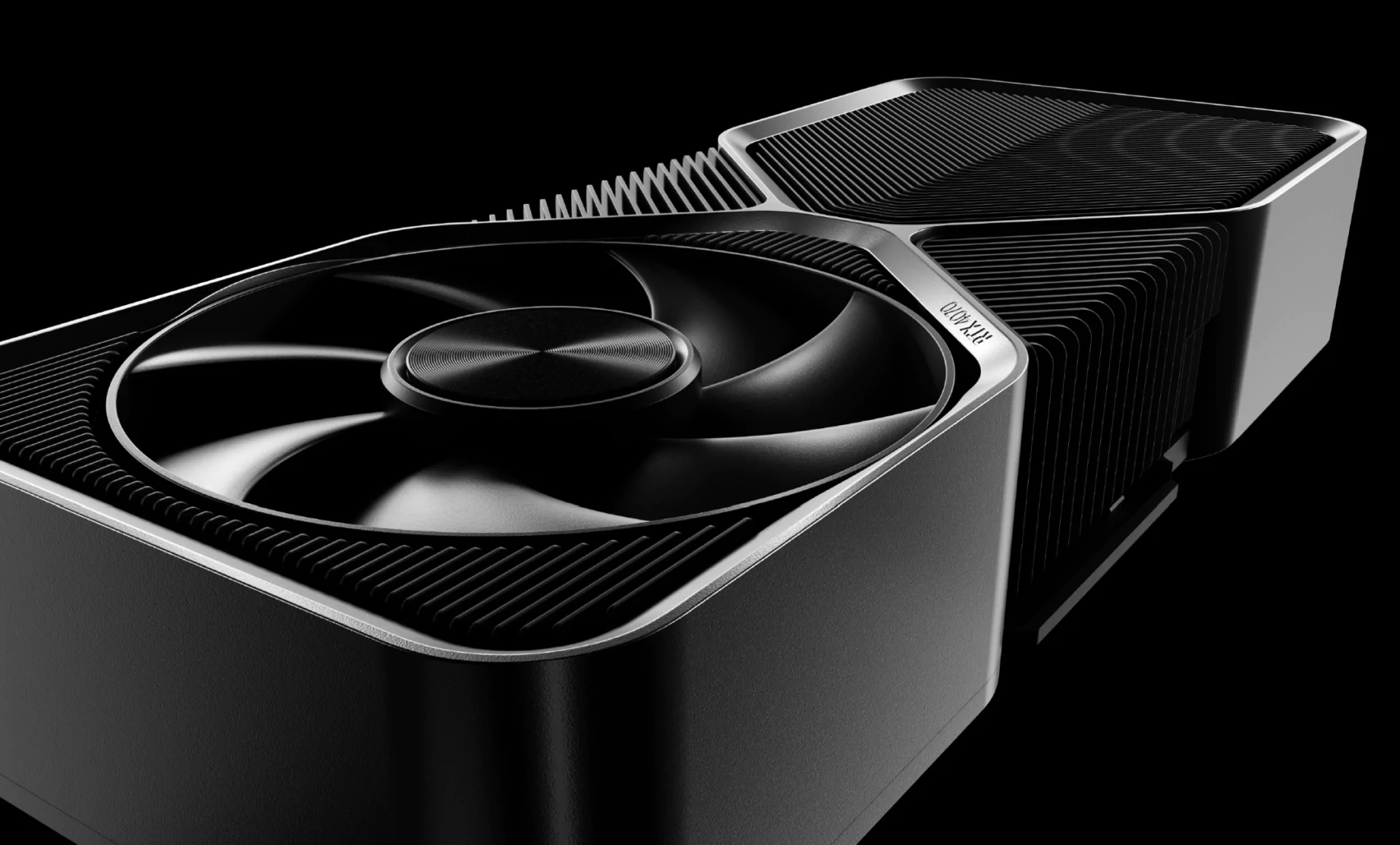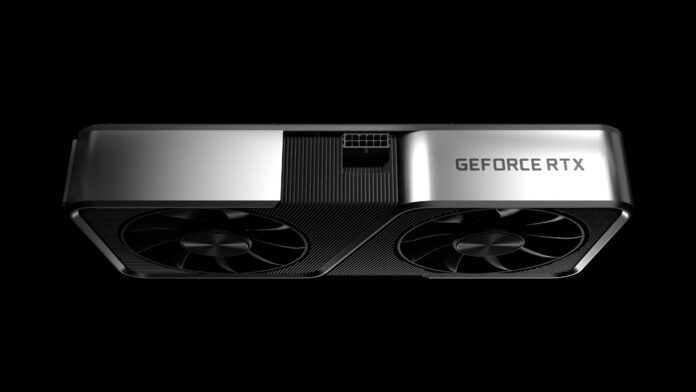NVIDIA
NVIDIA 3nm process GPUs will reportedly not launch until 2025
According to DigiTimes, NVIDIA's 3nm process node based next-generation GPUs may not be available anytime soon. The tech publication cited by it claims that...
Returnal gets DLSS 3 and more games join the list
NVIDIA's latest weekly update showcases their ever-growing list of games that support NVIDIA DLSS and ray tracing. This week, Returnal will receive a DLSS...
NVIDIA GeForce RTX 4060 Ti rumored to be sold at $399...
The GeForce RTX 4060 Ti from NVIDIA might maintain the same $399 US price as its predecessor, the RTX 3060 Ti. According to a...
GeForce NOW: Nvidia and Bandai Namco join hands to bring more...
Every month, Nvidia adds new games to GeForce Now, its cloud service, to increase the selection of games that support cloud gaming. On March...
Microsoft assembling its own AI chips to take on NVIDIA
According to rumours, Microsoft is developing its own AI chips so that it can train large language models without having to rely too heavily...
NVIDIA GeForce RTX 3060 GPU would have recieved a “SUPER” variant...
A "SUPER" variant with a full GA106 GPU was supposed to be the fifth option for NVIDIA's GeForce RTX 3060, but it was never...









